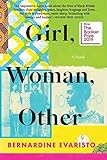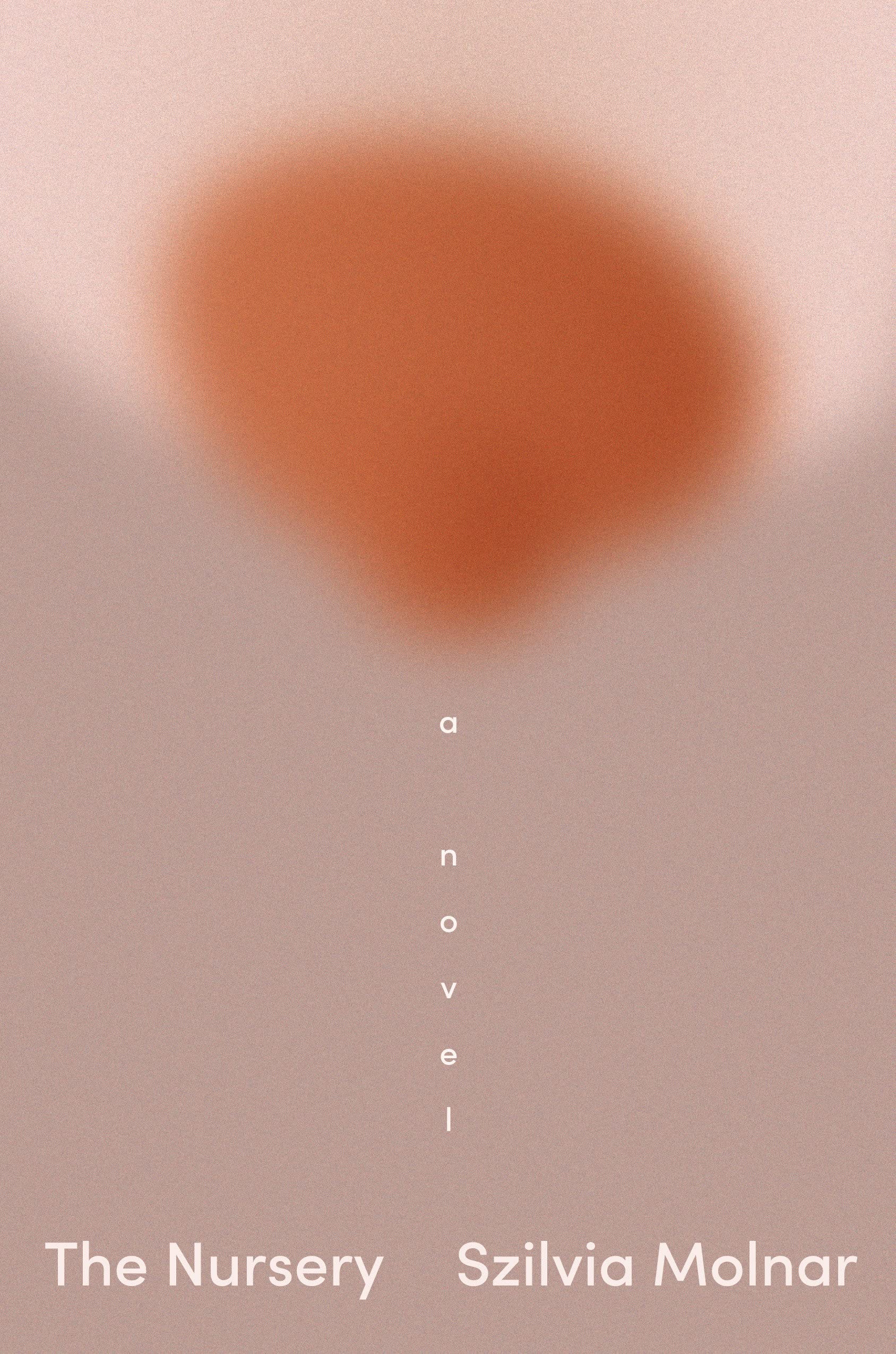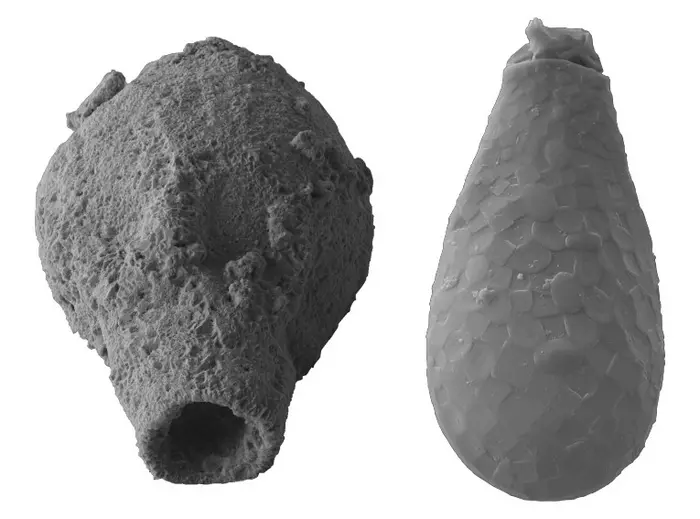The Nursery, Szilvia Molnar’s debut novel chronicles the earliest days of coexistence between a new mother, Miffo, recovering from childbirth and her ever-hungry baby daughter, Button. Overwhelmed by the seismic shift in her body and identity, Miffo burrows deeper into her apartment and psyche, to the brink of madness. Told with radical honesty and emotional precision, The Nursery is an essential addition to the growing canon of literary works reckoning with the complexities of motherhood.
I talked with Molnar—who was born in Budapest, raised in Sweden, and now resides in Austin, Texas—about her revision process, fictional depictions of motherhood, and the choice to make her protagonist “float.”
Shannon Perri: The narrator of The Nursery, Miffo, a woman who has spent her career in the heady space of literary translation, struggles deeply with how much childbirth and her newborn demand of her body. I was fascinated by how she compares and contrasts her roles as a mother and translator. She notes that both are often unseen work and made up of small choices. And yet, she longs for her work with words, where she felt more control than she does in the space of new motherhood. Was this central tension the original engine for the novel?
Szilvia Molnar: The central tension was “the birth of Button is the automatic death of Miffo” and a knock on the door would keep shaking things up. But I also had to decide how “big” of a life Miffo was losing for this new role. A translator somehow felt simple but just right.
SP: New motherhood is a particularly isolating experience for Miffo. Her parents are gone. She is from abroad. Her husband gets little time off from work. Did that impact the way you wanted to tell this story?
SM: I intentionally wanted Miffo to “float” even before the arrival of Button because I didn’t want too many outside factors to distract the reader from thinking about the mental turmoil she is going through.
SP: What do you mean by “float?”
SM: I guess I mean this idea that she’s not rooted to the place where the novel is set and doesn’t have family or many friends nearby. You don’t really know much about her past or history, only the flashbacks she gives you while she’s in the present with her husband John, Button, and her neighbor Peter. Because of this, my hope was that more readers would be able to relate to her and expand their own ideas about her.
Shannon Perri: The novel moves around in time seamlessly, though the story covers about a week. How did you land on the structure of the novel? What came organically and what came through revision?
Szilvia Molnar: At first, I had a kind of “before” section— before the arrival of Button, when Miffo is pregnant— and “after”—after Miffo gives birth—but it was my agent, Kate Johnson, who recommended that I braid the two timelines together, and I knew she was right about this, but I didn’t know how to do it until I tried for a few years.
SP: How did you know when the braiding finally worked? Were you relying on outside readers or mostly an internal sense?
SM: It took about 30 drafts until I finished what felt like a first full version of the story. Then I showed it to four to five early readers, and it still took maybe another 10 drafts. Then also much, much tinkering even after I received notes from my editors. I also added more scenes as I was slowly putting them all together. Only once it went into copywriting did I feel it was working and I could let go of it, which feels crazy thinking back on it.
SP: I found it so refreshing to read about the gore of the narrator’s post-birth experience, as well as the dark, obsessive thoughts that cycle through her mind. The narrator is both terrified of separation from her baby, yet also sometimes has visions of her daughter dying or of even killing her. Many new mothers have these thoughts. How did you decide to go there?
SM: I wasn’t able to find literature that took me there so I decided to do it myself. I think this is changing though, and I’m thankful for more stories that take motherhood further and further.
SP: What are some of your favorite books that explore motherhood?





 SM: In no particular order are all of these wonderful and explore motherhood in numerous ways (among other things): Ducks, Newburyport by Lucy Ellmann, Girl, Woman, Other by Bernadine Evaristo, The End We Start From by Megan Hunter, and How to Mend by Iman Mersal, The Cost of Living by Deborah Levy, and The Baby by Marie Darrieussecq. I want to be surprised!
SM: In no particular order are all of these wonderful and explore motherhood in numerous ways (among other things): Ducks, Newburyport by Lucy Ellmann, Girl, Woman, Other by Bernadine Evaristo, The End We Start From by Megan Hunter, and How to Mend by Iman Mersal, The Cost of Living by Deborah Levy, and The Baby by Marie Darrieussecq. I want to be surprised!
SP: The cast of the book is small, yet powerful. One of the most surprising characters is Miffo’s neighbor Peter. Could you speak to his creation and how you decided to include him in the novel?
SM: Early on, I knew I wanted Miffo to be contained in an apartment building. But I also wanted to take into consideration that people in apartment buildings have neighbors, and it’s a way of creating tension in a story to let them come knock on your protagonist’s door. Peter is based on a man I used to work with. I got to know him briefly towards the end of his life, and many of our conversations were about his boyfriend who died of AIDS in the nineties. I was quite fond of him, even though he was often mean. But I think he was mean because he was lonely and had to lug an oxygen tank around wherever he went.
SP: What most surprised you during the process of creating The Nursery?
SM: That I wrote it by editing the pages over and over and over again until it grew into a book. I thought that I would write one scene after the other until it all came together but it just didn’t work that way. This process was incredibly painful so, next time, I’d like to avoid it if I can.























































